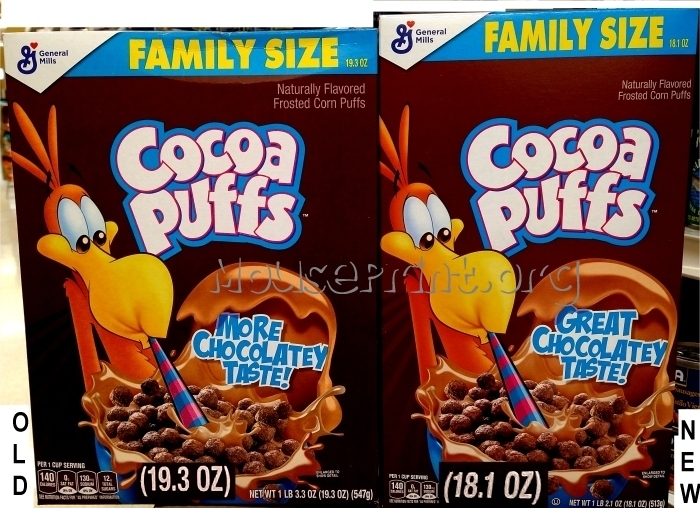
Inflation may be slowing, but consumers are still seeing shrinkflation — the practice of packing smaller amounts at the same price. For example, Chairman toilet paper now has 8.3% fewer sheets than it used to. We’re also seeing skimpflation, the practice of switching to cheaper ingredients. Scotts toilet paper is an example of this. It has the same number of sheets it used to have, but now uses 20% less paper overall.
One of the obvious costs is customers’ goodwill. Initially, they might not notice. Shoppers often know the price of the items they typically buy, but they are less likely to know the net weight of the package. If that breakfast cereal goes from 12.5 ounces to 11.4 ounces, ice Cap’n Crunch, the average shopper won’t notice.
Eventually, people notice. However, if a company can stave off a price hike for a while, they may not lose as many sales.
Other costs
It’s not that simple, though. There are other costs involved in shrinking packages. Can you just put less into the same size package? If so, then a brand can just change the details on the package (like net weight) and continue with their current package size and shape.
They may not be able to process the same quantity as before, however. Since they’re using more boxes to hold the same quantity of their product, they will have to speed up throughput in order to process the same amount of the product. This may not be practical.
Equally, they may need to deal with existing inventory as they make the change. Having the 12.5 ounce box right next to the 11.4 ounce box can let the cat out of the bag. On the other hand, running out of the product in its old form before bringing in the new version can leave a brand with out of stocks. At least one third of consumers will just buy a different brand.
Changing the size or shape of the package helps to disguise the shrinking product, but there are costs involved. It can actually come down to changing the production line, or even the machines. Adding new machinery may be impossible if the footprint of the needed new machine won’t fit into the current factory floor configuration.
Training people on the new machinery is another cost that has to be considered.
Is it worth it?
This is the first question. Crunching the numbers may show that the company will lose more than it gains. Toughing it out and swallowing some losses — or even raising the price — may be the least expensive option in the long run.
For products with very large sales figures, though, shrinkflation continues to be a viable choice.
The more customizable and flexible your machinery, the more options you have available.
